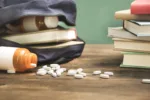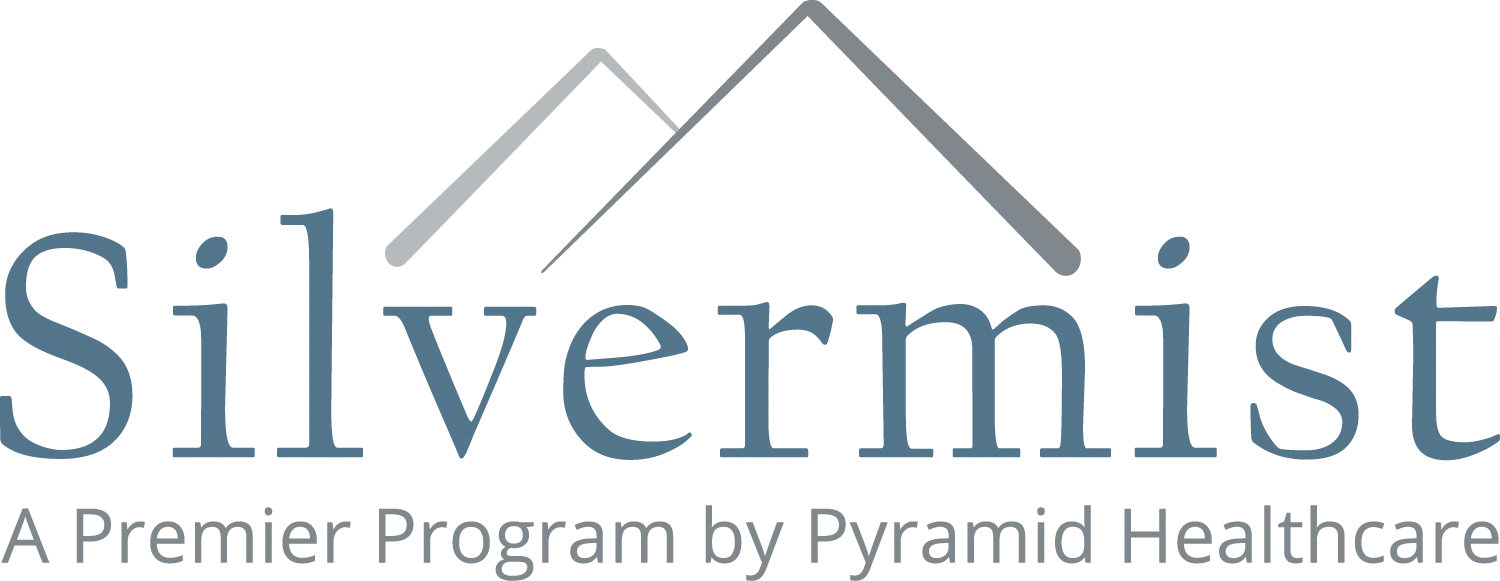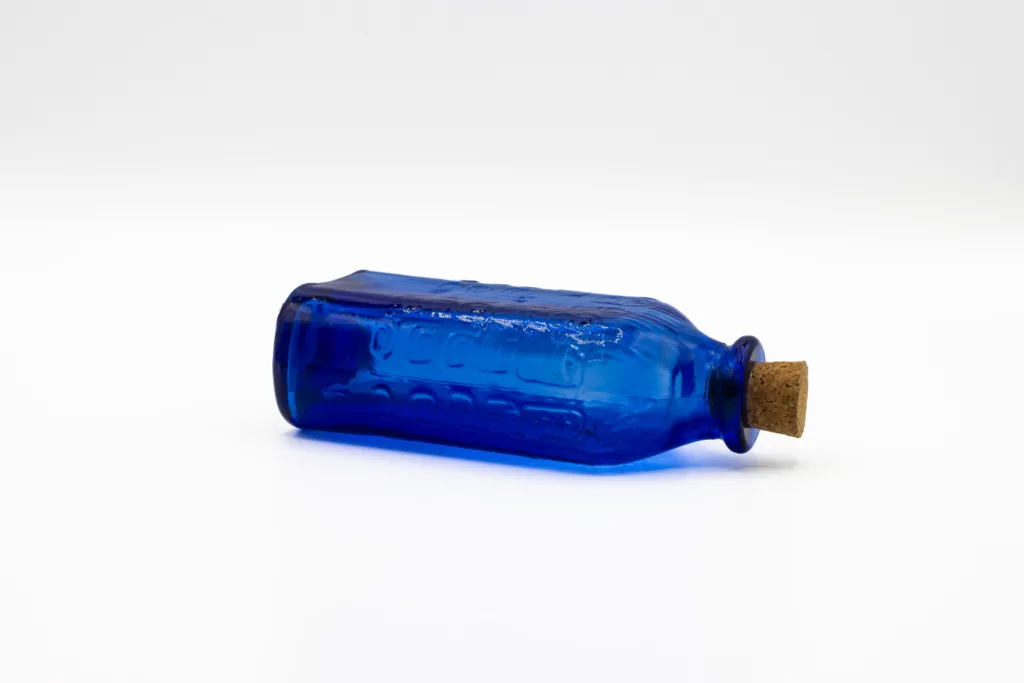The Downfall of D.A.R.E.: How a Failed Program Shaped Substance Use Trends

For over a decade, millions of students across the United States were told one simple message: “Just say no.” This phrase became the foundation of the D.A.R.E. (Drug Abuse Resistance Education) program, launched in the 1980s as a national strategy to prevent drug use in children and teens.
It was one of the most widely implemented drug education programs in history, supported by schools, police departments and government officials alike. But by the early 2000s, studies began to reveal a harsh truth: D.A.R.E. didn’t work.
At Silvermist, we believe it’s important to understand how prevention efforts shape long-term behavior and public perception. The rise—and eventual fall—of D.A.R.E. offers key lessons about what not to do in the fight against substance use.
What Was the D.A.R.E. Program?
Founded in 1983 in Los Angeles, D.A.R.E. placed uniformed police officers in classrooms to deliver drug prevention messages to elementary and middle school students. The goal was to:
- Teach children about the dangers of drugs
- Encourage abstinence through role-playing and refusal strategies
- Promote decision-making and self-esteem skills
The message was clear: Drugs are dangerous and avoiding them is a personal choice.
At its peak, D.A.R.E. was taught in 75% of U.S. school districts and spread to over 50 countries. It had strong political backing, significant funding and celebrity endorsements.
Why Did D.A.R.E. Fail?
Despite its popularity, D.A.R.E. began to lose credibility as research revealed it didn’t reduce drug use—and in some cases, may have had the opposite effect.
1. Lack of Evidence-Based Strategy
D.A.R.E. was not built on scientifically proven methods. It emphasized fear-based tactics and simplistic messages like “just say no” without equipping students with real-world coping or decision-making skills.
2. Unrealistic Messaging
The black-and-white portrayal of drugs ignored the complexities of peer pressure, trauma, mental health and environmental factors that influence substance use. This led to skepticism among students who later encountered mixed messages or experimented anyway.
3. Failure to Engage
Lectures from police officers often felt disconnected from students’ realities. The curriculum didn’t evolve with changing drug trends or cultural shifts, making it feel outdated and unrelatable.
4. Backfire Effect
Some studies suggested that D.A.R.E. actually increased curiosity about drugs by introducing the topic in a way that was intriguing rather than informative. Without nuance, the message lacked staying power.
The Impact on Substance Use Trends
The failure of D.A.R.E. had lasting consequences, particularly for millennials and Gen Z, many of whom went through the program as children.
• Missed Opportunity for Early Intervention
With ineffective education, countless young people entered adolescence without the tools to navigate real-life temptations or mental health struggles. Early experimentation often escalated into long-term substance use.
• Mistrust in Prevention Programs
Because D.A.R.E. was so widespread and later proven ineffective, it fueled distrust in school-based drug education, making it harder for more effective programs to gain traction.
• Normalization of Use
The simplistic narrative failed to account for factors like trauma, poverty and untreated mental illness. Without addressing these root causes, substance use among teens and young adults continued to rise, particularly in the opioid and prescription drug crisis that followed in the 2000s.
What Replaced D.A.R.E.?
Eventually, many schools dropped the original D.A.R.E. program in favor of evidence-based models like:
- LifeSkills Training (LST)
- Too Good for Drugs
- Botvin Programs
- Revised D.A.R.E. Curriculum (Keepin’ it REAL) – which incorporates research-based strategies and interactive learning
These modern programs emphasize emotional regulation, decision-making, peer resistance and mental health—focusing more on why people use substances, not just telling them not to.
The Takeaway: Education Needs Evolution
The downfall of D.A.R.E. is a reminder that good intentions aren’t enough when it comes to prevention. For substance use education to work, it must:
- Be evidence-based
- Address mental health and trauma
- Teach real-world coping skills
- Adapt to changing drug trends and societal norms
At Silvermist, we believe in holistic, compassionate care that addresses the full picture—not just the symptoms. Education, prevention and treatment must work hand-in-hand to truly reduce the impact of addiction.
Learning From the Past
The failure of D.A.R.E. isn’t just a cautionary tale—it’s an opportunity. By examining what went wrong, we can build stronger prevention programs, reduce stigma and support recovery more effectively than ever before.
If you or a loved one is struggling with substance use, Silvermist is here to help. With personalized care, mental health support and long-term treatment options, we walk beside you on the path to healing. No judgment. No fear. Just real support.
Reach out to us today to learn more about our programs and how we’re helping to rewrite the future of recovery.






